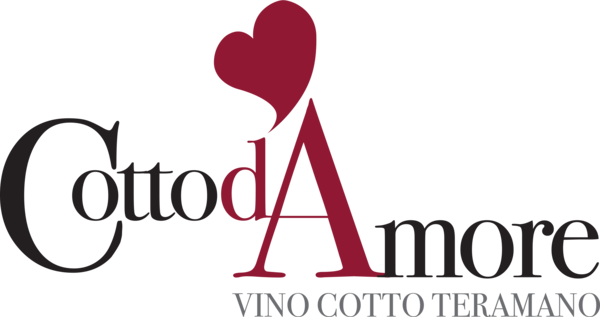Cooked wine has really ancient origins. The production techniques and the refinement of this agreeable and perfumed elixir are basically the same since the times of Ancient Greece and Imperial Rome.
The name of our "Cotto d'Arnore" plays both with its being a product of Abruzzo's tradition and with the passion put in its delicate production and its long sleep inside wooden barrels. "Cotto d'Amore" is made from the reduction of the vigorous and powerful grapes of Montepulciano d'Abruzzo vine variety.
Our cooked wine is semi-sweet, garnet-amber colored and with an intense and fruity aroma with scents of caramelized amber. The flavor is robust. provocative and mysteriously sensual, with a savory aftertaste. Its agreeable consistency vanes depending on the different concentrations and the passing of time.
+39 338 30 25 697 - +39 348 89 58 769





